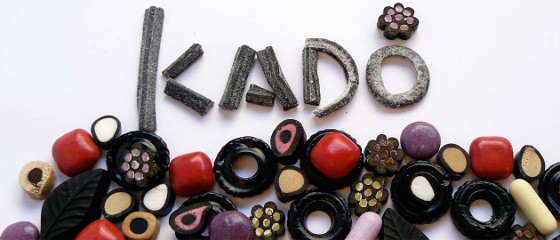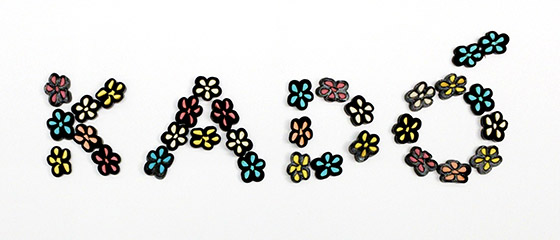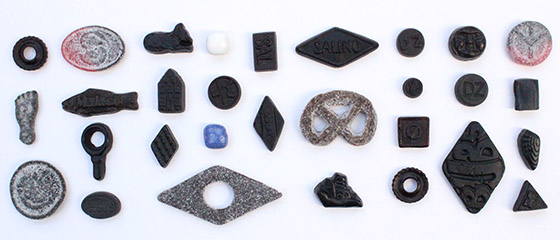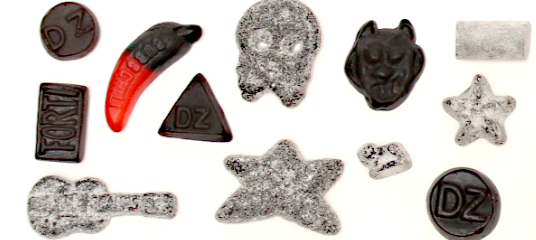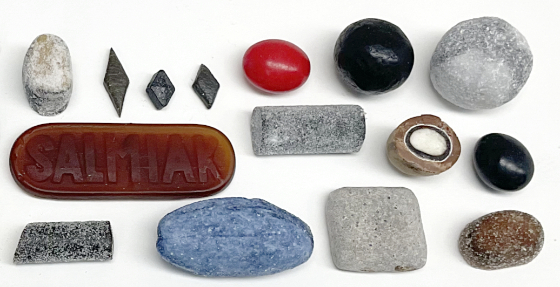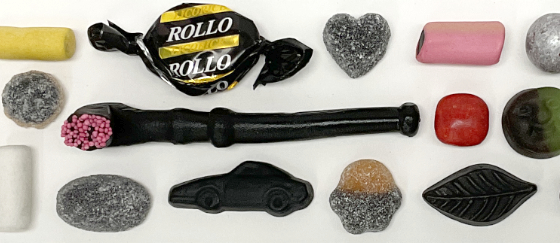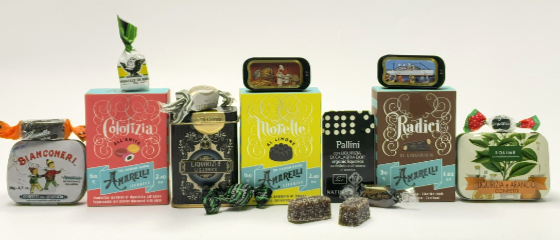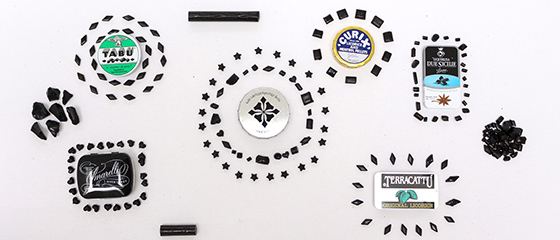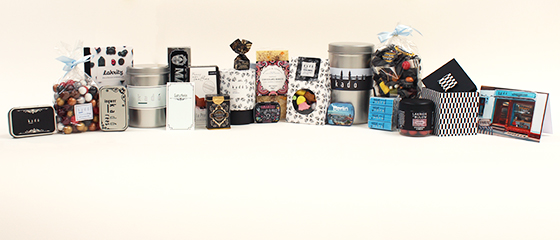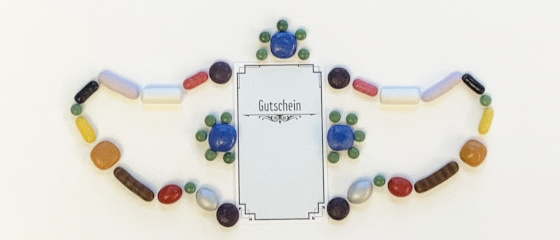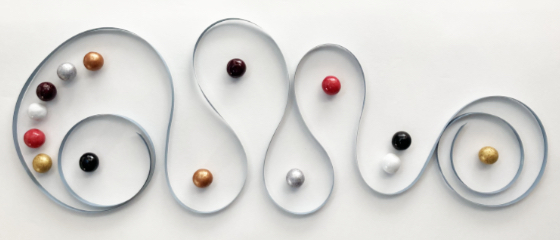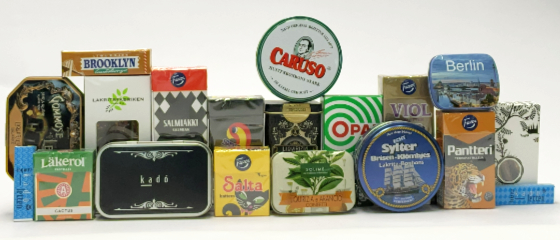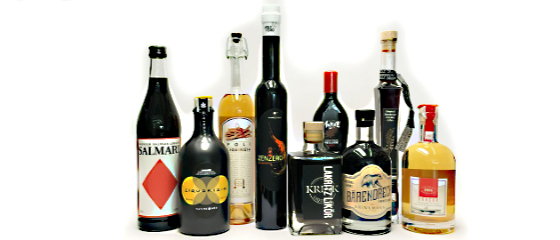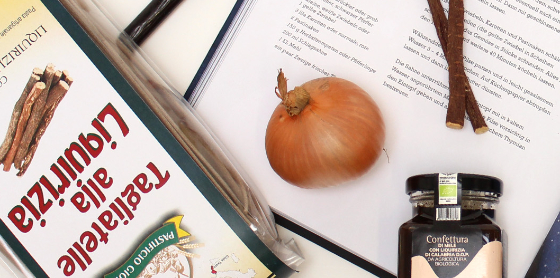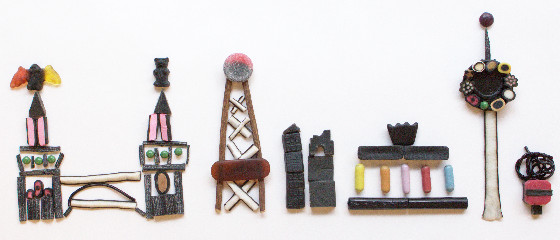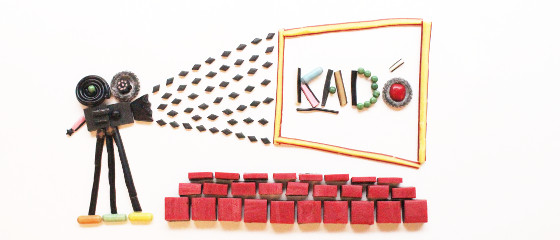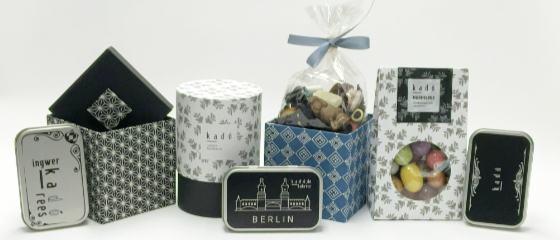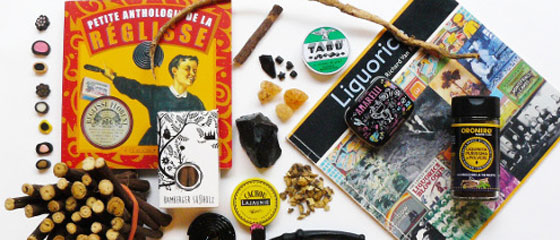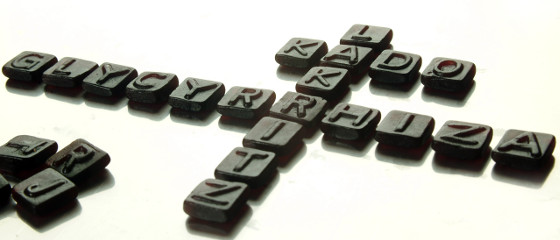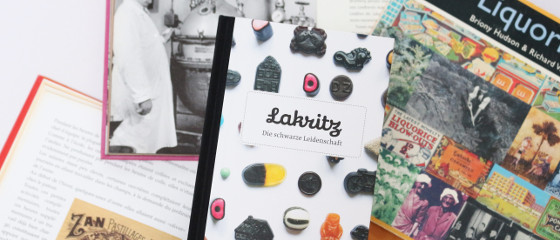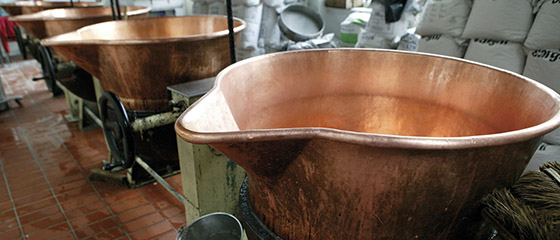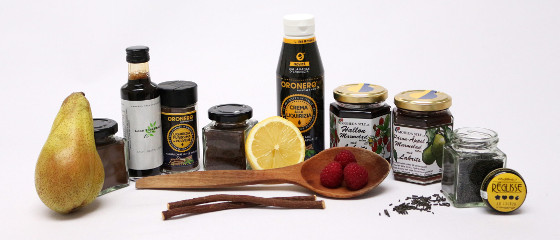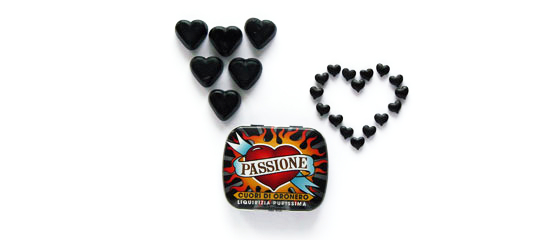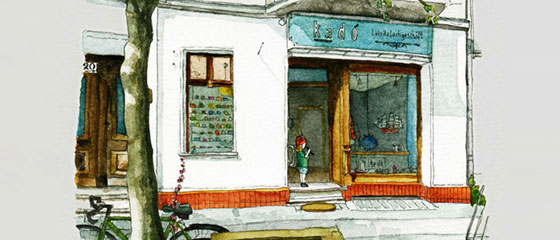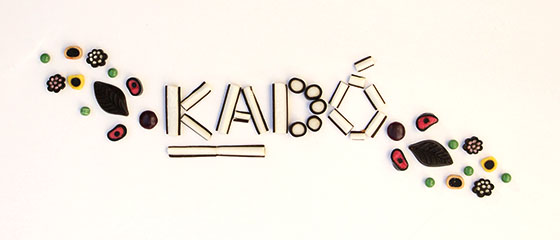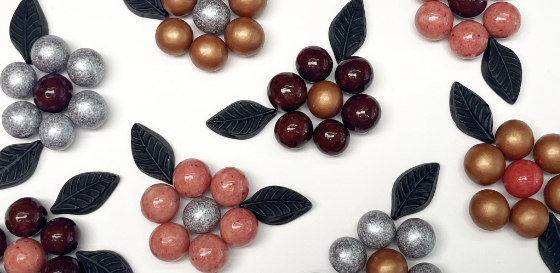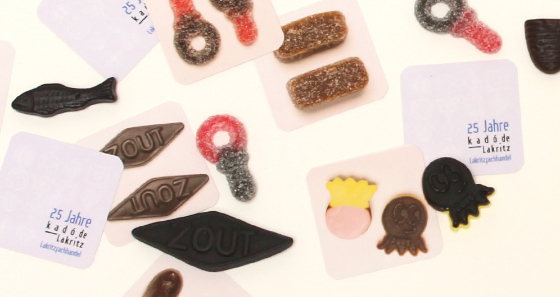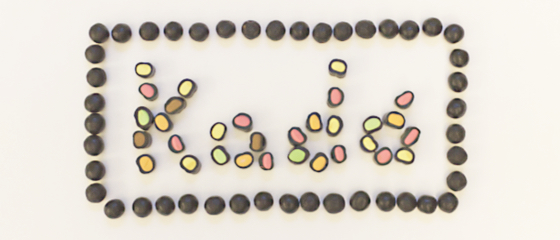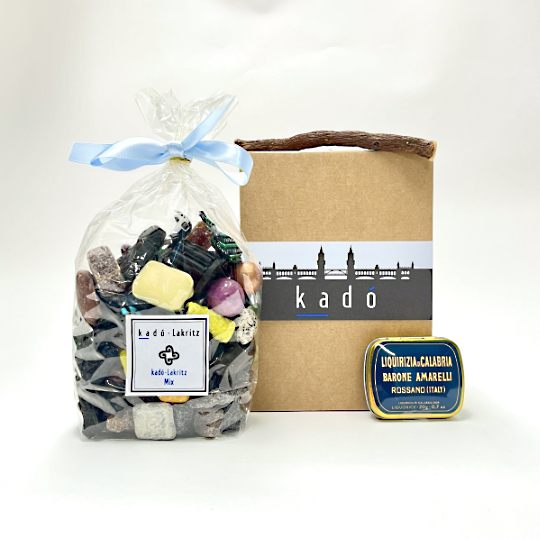| Term | Description |
|---|---|
| Salmiac | Salmiak (ammonium chloride) is a rock salt. It is industrially produced for the food industry, a white sour-salty tasting fine granulate. A maximum of 7.99 percent salt is permitted in the recipe, this must be labelled as "Extra strong adult liquorice - not children's liquorice". |
| Salmiac pastilles | The salmiak pastille is the best-known salt lozenge in Germany. The small lozenges combine the smoothness for the throat of natural licorice with the anti-inflammatory effect of salmiak salt. |
| Salty Liquorice | In northern Europe, people like to eat salty liquorice. Salt (sodium chloride), sea salt or salmiak salt is added to the liquorice. A maximum of 7.99 per cent salt is allowed in the recipe, this must be labelled as "Extra strong adult liquorice - no children's liquorice". |
| Shellac | Shellac is a resin secreted by the scale insect after it has fed on the sap of certain trees (poplar fig, jujube) in India and Thailand. The resin that has become solid is cut off the bark. |
| Sugar free | In sugar-free liquorice recipes, sugar is replaced by sugar substitutes that taste sweet but are excreted by the body without being metabolised. |
| Sugar substitute | Sugar substitutes have no nutritional value, taste sweet and are not metabolised by the body or are simply excreted. In the confectionery industry, sorbitol, maltitol, xylitol and stevia are used for sugar-free liquorice. They can have a laxative effect. |
Neue Lakritze bei kadó
Shopping at kadó
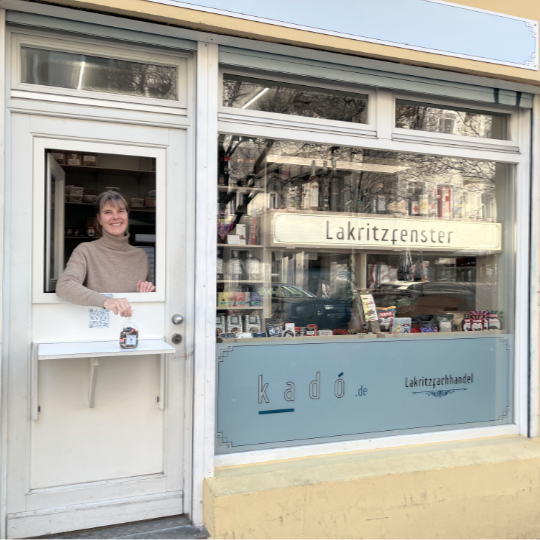
goes like this ...
Behind the scenes
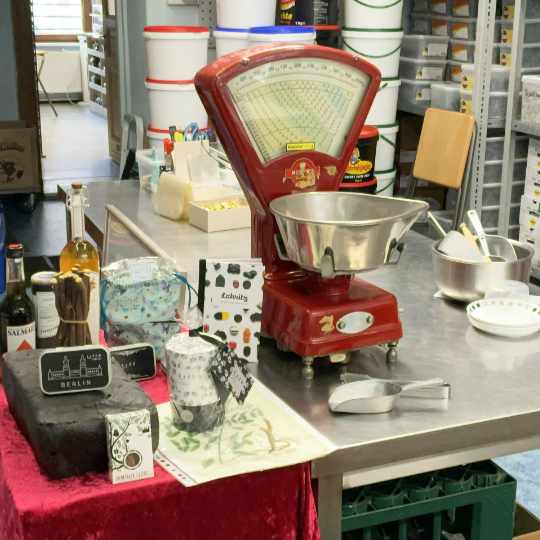
kadó for present
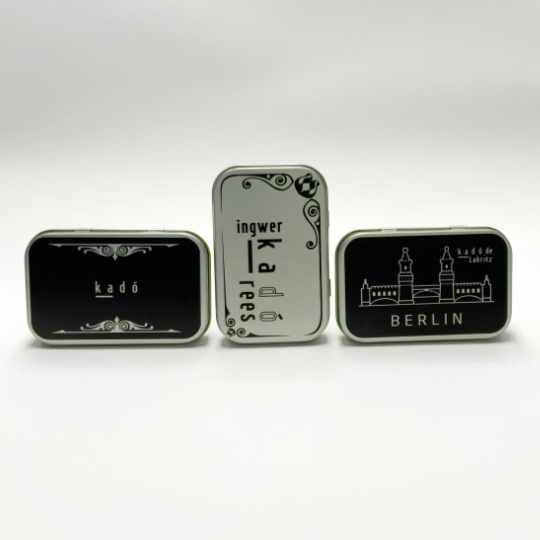
We will gladly advise you
Recommendation
kadó on Pinterest
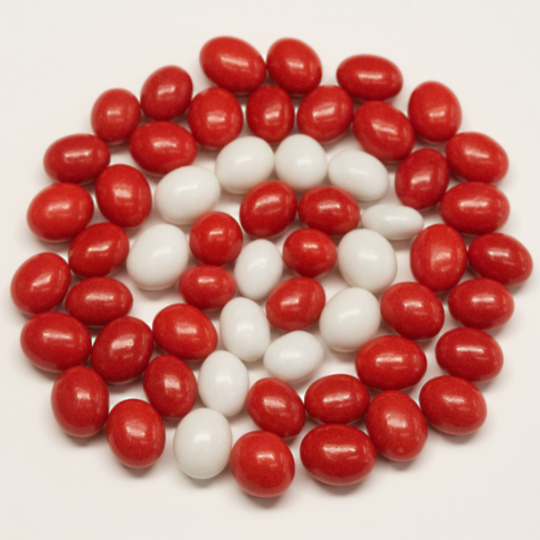
Follow us on Pinterest!

